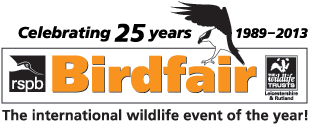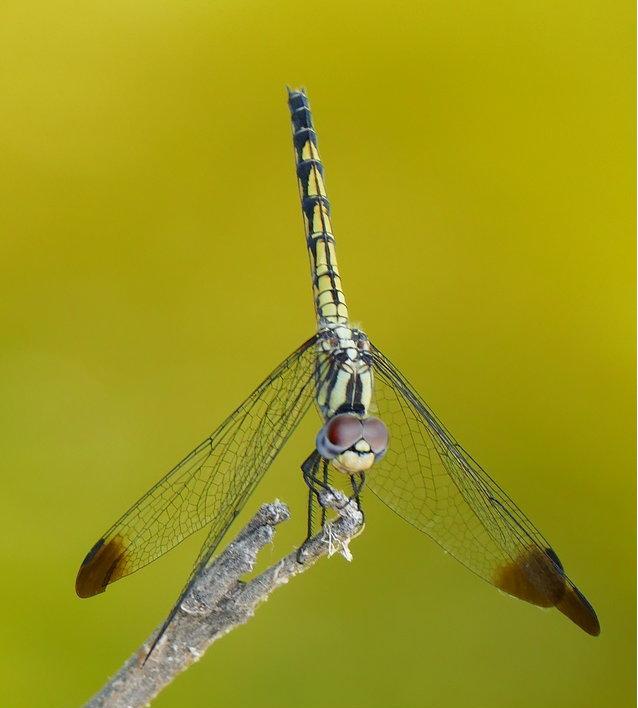 Indigo Dropwing (Trithemis festiva) © Y.Kutsarov
Indigo Dropwing (Trithemis festiva) © Y.Kutsarov
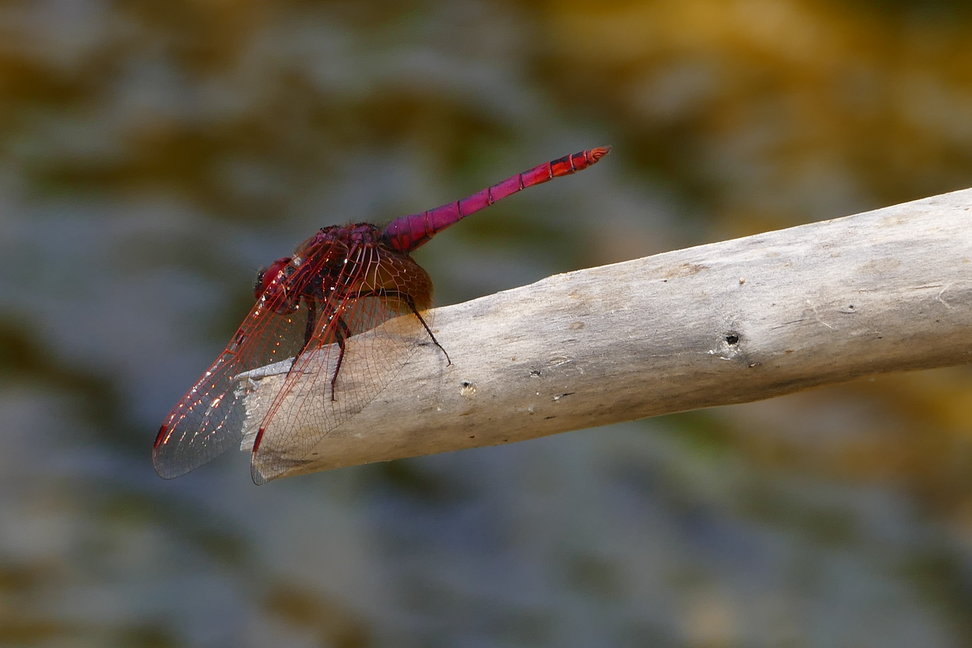 Violet Dropwing (Trithemis annulata) © Y.Kutsarov
Violet Dropwing (Trithemis annulata) © Y.Kutsarov
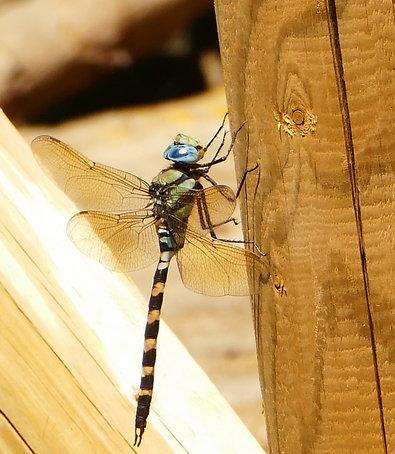 Magnificient Emperor (Anax immaculifrons) © Y.Kutsarov
Magnificient Emperor (Anax immaculifrons) © Y.Kutsarov
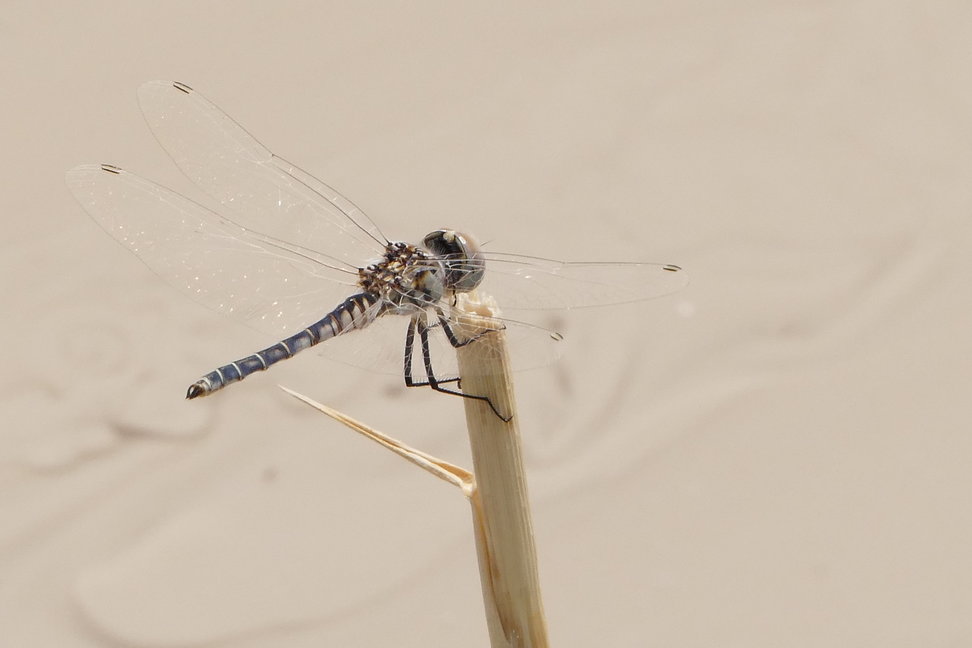 Black Pennant (Selysiothemis nigra) © Y.Kutsarov
Black Pennant (Selysiothemis nigra) © Y.Kutsarov
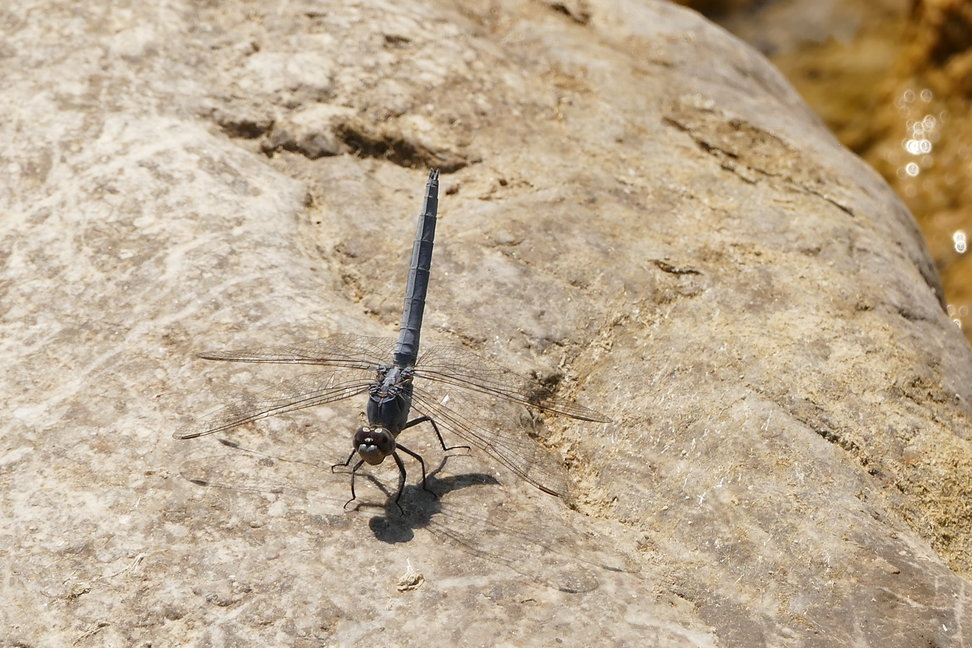 Small Skimmer (Orthetrum taeniolatum) © Y.Kutsarov
Small Skimmer (Orthetrum taeniolatum) © Y.Kutsarov
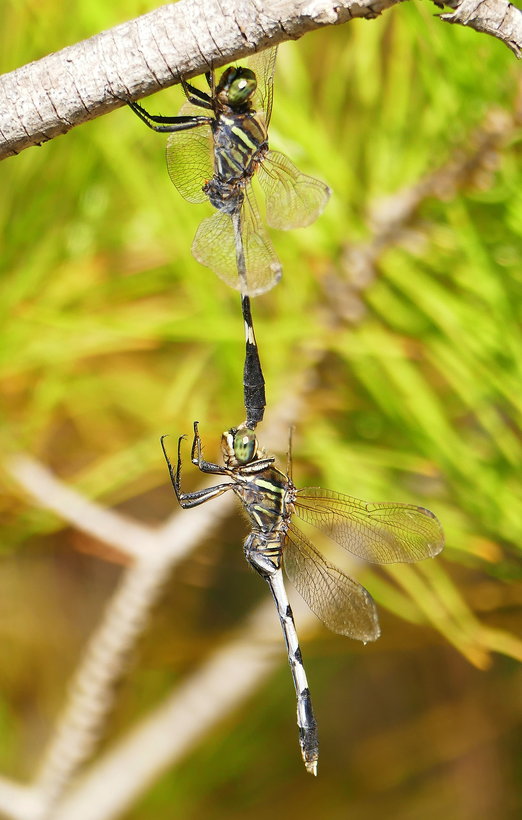 Slender Skimmer (Orthetrum sabina) © Y.Kutsarov
Slender Skimmer (Orthetrum sabina) © Y.Kutsarov
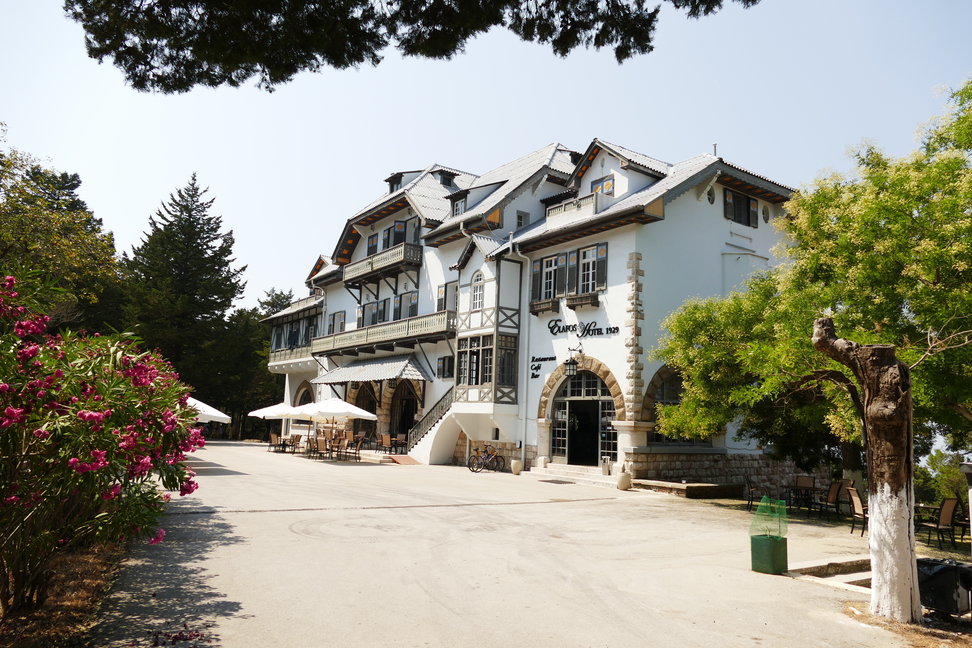
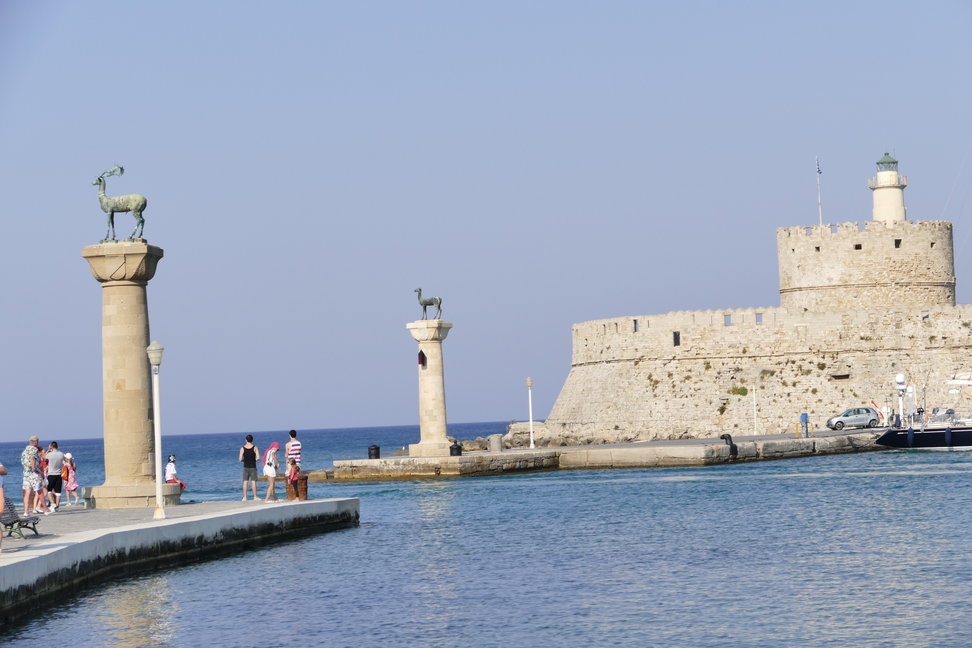 Rhodes port
Rhodes port
8 days
30 June 2025 -
07 July 2025
Day 1
Arrival - Landing at Diagoras Airport. Depending on the time of our arrival we will have our first opportunity for observing the mouths of the nearby rivers around the airport. Expected species to watch: Migrant Spreadwing, Blue Featherleg, Vagrant Emperor, Keeled Skimmer, Southern Skimmer, Small Skimmer, Red-veined Darter, Common Darter, Southernn Darter, Scarlet Darter, Violet Dropwing. Follows a short transfer to mountainous area (its altitude is 800 m asl) where we will be accommodated until the end of our stay here. Located in a beautiful pine forest, the facility we will use also has its long-time history. Built in 1929, during the Italian possession of the island, the hotel was used as a holiday home by Italian officers and later, and during the WWII it was turned into a German military hospital. The hotel has another advantage, too: a relatively cooler climate compared to the seaside. The not very large area of the island as well as the use of a single facility where we will be accommodated will allow us to spend more time in the field and at the same time will save us long journeys and frequent change of hotels. (Accommodation for 7 nights).
Day 2
The day will start with a visit to the countryside area Epta Piges and we will visit the estuaries of the rivers in the northeastern part of the island. Key species for the day: Southern Banded Demoiselle, Eastern Willow Spreadwing, Small Bluetail, Common Bluet, Southern Small Pincertail, Blue Chaser, Keeled Skimmer, Southern Skimmer, Epaulet Skimmer, Small Skimmer, Red-veined Darter, Common Darter, Southern Darter, Scarlet Darter, Violet Dropwing, Black Pennant. Lunch at a local tavern. Early in the afternoon we will gradually come to the largest city on the island - the town of Rhodes, located in the northeast close to the Turkish coast. The city is known since ancient times with one of the Seven Wonders of the World, the Colossus of Rhodes. We will also visit the Castle of the city of Rhodes, which is a UNESCO’s World Heritage Site and one of the best preserved medieval towns in Europe (http://whc.unesco.org/en/list/493) Transfer to our hotel and spending the night there.
Day 3
Today we will head for the east, where after a short trip we will reach our next observation points: Skaloniti reservoir and the estuaries Kontaris torrent estuary, Asklipios torrent estuary, Gennadinos estuary, Plimmyri marsh, Kattavia marsh. We will also visit the most southern point of the island, the peninsula Prasonisi, which is a protected area under NATURA 2000, where we can observe a nesting and extremely rare for Europe Eleonora's falcon (Falco eleonorae). We will have our lunch in a local tavern on the peninsula. Expected species to watch for the day: Blue Featherleg, Vagrant Emperor, Keeled Skimmer, Epaulet Skimmer, Small Skimmer, Red-veined Darter, Common Darter, Southernn Darter, Scarlet Darter, Violet Dropwing, Black Pennant, Wandering Gliders. Transfer to our hotel and overnight there.
Day 4
Today we will visit the southern part of the largest dam on the island, and the rivers that feed it. Located in the central part of the island, the reservoir is surrounded by low vegetation and many olive trees, forming a typical and very beautiful Mediterranean scenery. Shallows, where the rivers flow into the reservoir have acquired the appearance of natural wetlands with natural belt of water vegetation, with a lot of waterfowl and becoming a habitat to thousands of dragonflies. Among this extremely beautiful view we will have our picnic lunch, then we will continue our observations in the area. Key species for the day: Odalisque, Eastern Willow Spreadwing, Blue Featherleg, Blue Emperor, Lesser Emperor, Eastern Spectres, Southern Small Pincertail, Blue Chaser, Black-tailed Skimmer, Small Skimmer, Long Skimmer, Red-veined Darter, Common Darter, Southernn Darter, Scarlet Darter, Violet Dropwing, Black Percher, Black Pennant. In the late afternoon we will visit one of the historical landmarks of the Rhodes medieval settlement Lindos, defined as one of the most-beautiful places on the island. In the village there are many traditional historical houses and buildings dating from the 16th, 17th, and 18th centuries AD. And legend has it that the village was founded by one of the divine sons of Zeus. Here was also born the creator of Colossus of Rhodes. Above the village is located one of the most ancient acropolises (more ancient than the one in Athens). Dinner in one of the traditional village tavernas on the roof of a house. Transfer to the hotel and spending the night there.
Day 5
This day we will allocate to visit of the northern side of the largest dam on the island, and the adjoining rivers. Also we will visit two small wetlands adjacent to the hotel. We will be able to observe rare and interesting species such as: Southern Banded Demoiselle, Beautiful Demoiselle, Odalisque, Small Bluetail, Blue Emperor, Lesser Emperor, Eastern Spectres, Southern Small Pincertail, Black-tailed Skimmer, Small Skimmer, Red - veined Darter, Common Darter, Southernn Darter, Scarlet Darter, Violet Dropwing, Indigo Dropwing, Black Percher, Black Pennant. Picnic lunch for the day. Transfer to the hotel and overnight there.
Day 6
After breakfast we will visit one of the most enchanting places in Rhodes: the nature reserve "Butterfly Valley". A little train will take us to the top of the park, where the Kalopetra Monastery, built in 1784, is located. In front of us will open the most beautiful view of the valley for which we will then set off. The name of the reserve comes from the thousands of moths of the species Jersey tiger (Panaxia quadripunctaria), which inhabit the park, attracted by the scent of Oriental Sweetgum trees (Liquidambar orientalis). This is actually the only remaining European natural forest of Oriental Sweetgum trees (Liquidambar orientalis). Our attention will also be drawn by the opportunity to observe the largest dragonfly in Europe, the Magnificient Emperor. Lunch at a local tavern. If there is time we will be able to visit also the river estuaries in the northwestern part of the island, where will be able to see interesting and rare dragonfly species like the Beautiful Demoiselle, Migrant Spreadwing, Blue Featherleg, Vagrant Emperor, Keeled Skimmer, Southern Skimmer, Epaulet Skimmer, Small Skimmer, Red-veined Darter, Common Darter, Southernn Darter, Scarlet Darter, Violet Dropwing, Wandering Gliders. Transfer to the hotel and overnight there.
Day 7
Short transfer to the southern part of the island, where we will visit river Sianitis and Apolakkia dam. From the dam opens a stunning view, where later we will have our picnic lunch. At the inflow end of the reservoir we can see the roof of a submerged church that locals still maintain. We will continue to go around the area where we will concentrate on looking for the Slender Skimmer. Rhodes is the only place in Europe where this species occurs. We will also visit a river estuary located at the wildest beach on the island, along a bay, which is a protected area from the network of NATURA 2000. Here one may watch monk seals and Caretta sea turtles. On our way back we will stop at a small mountain village, from where unbelievable views reveal. We will visit the museum of olive oil production and the unique local Orthodox Church. Other interesting species for the day: Winter Damsel, Small Bluetail, Azure Bluet, Blue-eye, Blue-eyed Hawker, Blue Emperor, Lesser Emperor, Eastern Spectres, Southern Small Pincertail, Black-tailed Skimmer, Epaulet Skimmer, Small Skimmer, Red-veined Darter, Common Darter, Southernn Darter, Scarlet Darter, Violet Dropwing, Wandering Gliders. Unfortunately, this is the last day of our tour on island of Rhodes, a place with ancient history, spectacular views and interesting nature. Transfer to our hotel and spending the last night there.
Day 8
Depending on the time of our return flight, we will make a last walk around the road to the airport.
8 days
30 June 2025 -
07 July 2025
Rhodes is one of the richest Greek islands in terms of biodiversity, but not only. Rhodes is a combination of spectacular scenery, unique traditions, rich culture and ancient history. It is situated in the eastern part of the Aegean Sea, just 18 km west of Turkey. Geographical location and climate have turned the flora and fauna of the island into a unique blend of Mediterranean and Asian elements. Dragonflies are some of the species that were significantly influenced by geographic and climatic conditions, the island can see a combination of rare species of SE Europe and Asian species. In Rhodes can be seen some of the most rare and unique for Europe dragonflies as: Magnificient Emperor (Anax immaculifrons), Indigo Dropwing (Trithemis festiva), Black Percher (Diplacodes lefebvrii), Slender Skimmer (Orthetrum sabina), Small Skimmer (Orthetrum taeniolatum), Violet Dropwing (Trithemis annulata), Black Pennant (Selysiothemis nigra), Odalisque (Epallage fatime). During our tour we will see between 30 and 35 species of dragonflies. Until now, in the island have been identified 37 species that could hardly be seen for a week-long tour, these are some of the rarest species of dragonflies in Europe. Also, as a proof of the high biodiversity of island of Rhodes are the identified 55 species of butterflies. In July, depending on weather conditions, about 30 species can be observed there, some species being also unique to Europe: Pelopidas thrax, Plebejidea loewii, Chilades trochylus, Zizeeria karsandra, Maniola telmessia, Ypthima asterope, Charaxes jasius and Danaus chrysippus. Among other things there are 24 species of reptiles that have been found in Rhodes for certain, and 257 of bird species: many passage migrants but 80 species breed there. Do not forget to cast about an eye for the freshwater crab Potamon potamios, which often occurs in the rivers of the island.
Languages
English
Group size
4 - 12
Individual tour
2 - 3
Weather
During the period of the tour the weather is warm and steady with temperatures between 23C-29C.
Clothing
It's summer. Wear light clothes - T-shirts and shorts rather than long trousers, sandals, sunglasses, and those who wish bathing suits too. Hats to protect against the sun and face cream in case of burns. It is advisable to have a pair of comfortable walking shoes.
Walking
Short, easy walks between 2-3km per day
available30 June 2025 - 07 July 2025
Land only price
€1,800.00
Single room supplement
€180.00
Deposit
€150.00
Individuals
€2,000.00
Additional price info
Payment may be made in all convertible currencies at the Euro exchange rate for the day of payment. The prices include: All the ground transport, HB – Half board (lunch not included), accommodation in a hotel. English speaking guide. All the taxes for reserves. The prices don’t include : Insurance,airfare, drinks, and all the items of personal nature.



